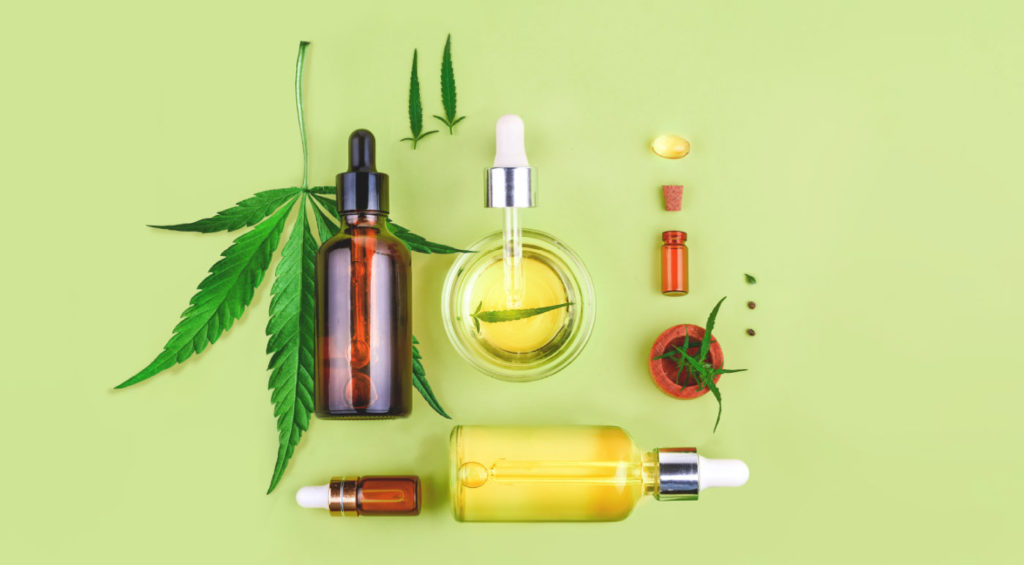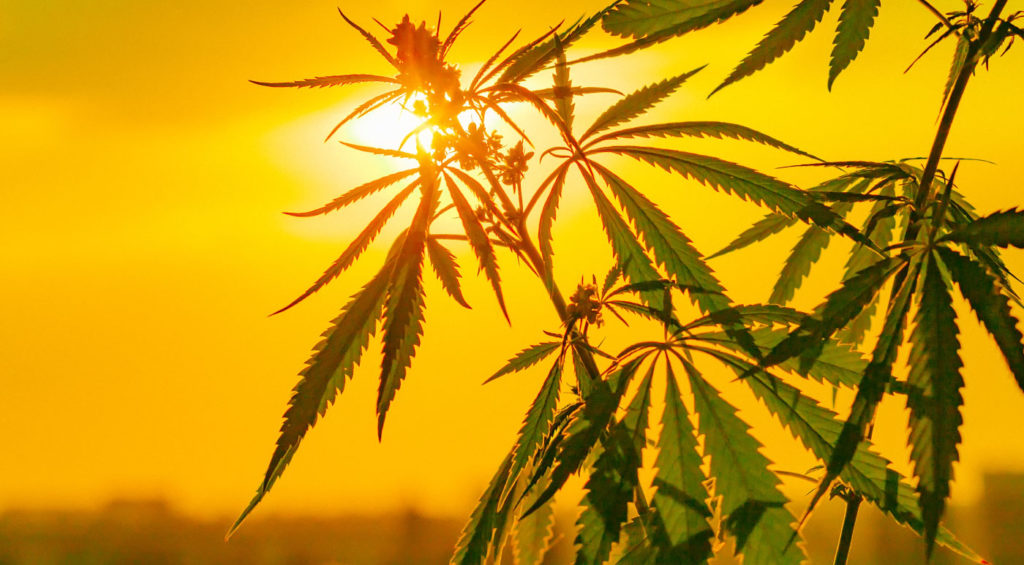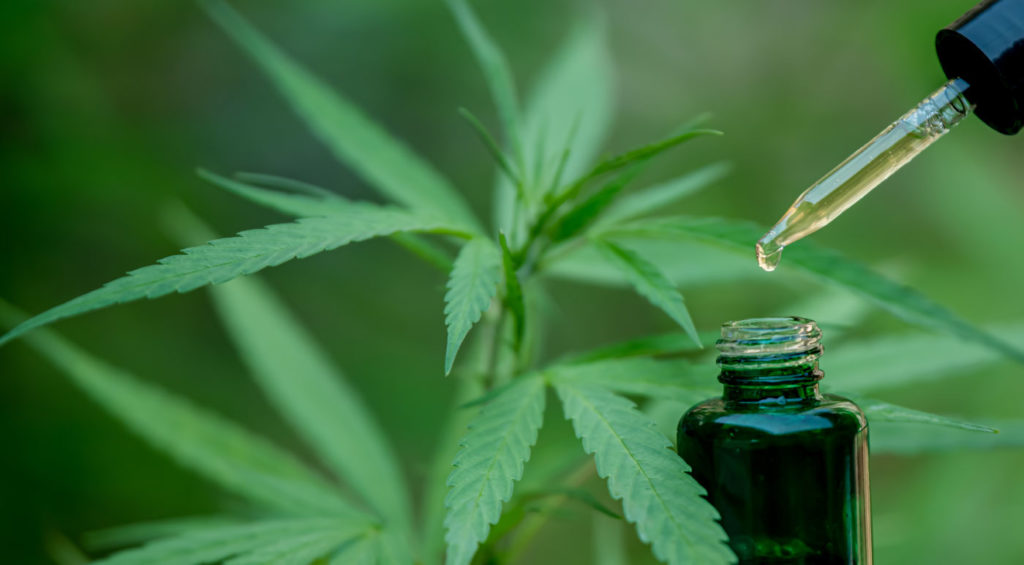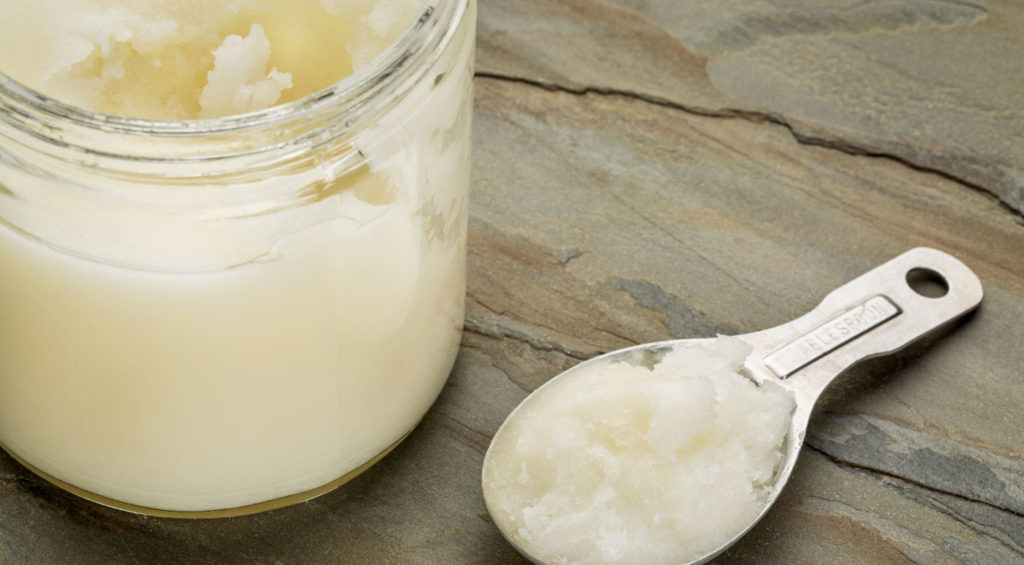
Not all CBD (cannabidiol) oils are produced the same way, and not all are equal. The FDA does not regulate production and sale of CBD oil, so an understanding of the basics of how CBD oil is made can help consumers choose a high-quality CBD oil and protect themselves from impure or tainted products. In this article we lay out the must-know facts of how CBD oil is made.
What Is CBD?
CBD is one of over 100 biological compounds – collectively known as cannabinoids – found in the resin of the cannabis plant. Although not much is known about most of the cannabinoids, CBD is the subject of much public interest and scientific research because it may possess properties that make it useful for some health applications.
Unlike the cannabinoid THC, CBD is not psychoactive, and therefore does not cause intoxication. Consequently, it has a low potential for abuse and addiction. As such, CBD enjoys a much less restrictive legal status than does THC, and is generally more easily available.
How Is CBD Farmed?

CBD is present in varying amounts as one of the many cannabinoid compounds that are found in cannabis plants. There are two main types of cannabis plants: marijuana and hemp. Both types of plants have been modified – either by traditional selective breeding or by the more modern genetic modification (GMO) techniques – to produce higher amounts of the desired cannabinoid.
Hemp plants are almost always the choice for CBD farming because they naturally contain high levels of CBD and very little THC, the exact opposite of marijuana plants.
Traditionally, hemp has been grown outdoors in fields in massive quantities for its industrial uses (making paper, rope, textiles, etc.). However, it is often grown in smaller quantities in greenhouses when cultivated for CBD oil production. Some consumers prefer the more environmentally responsible approach to CBD production in fields using natural sunlight.
How Is CBD Made from Cannabis Plants?
There are two main ways that CBD is produced from cannabis plants:
1) Full-spectrum CBD, which contains many different cannabinoids and other chemical compounds besides CBD (such as terpenes and flavonoids), which may give an additive effect known as the “entourage effect”
2) CBD isolate, which is chemically purified so that it contains only CBD, with virtually all other chemicals removed.
After the harvest of the hemp plants, the resin-containing part of the plant is dried and then soaked in a solvent, such as alcohol or plant oil. The solvent is then filtered out, and the residue is further removed by distillation. The distillation can be repeated, giving an increasingly pure product each time.
Using carbon dioxide (CO2) as an extraction solvent is considered to be a cleaner, more pure form of extraction because it leaves no residue. Unlike traditional distillation, it doesn’t involve heat, so none of the properties of CBD that affect the human body are destroyed in the purification process. CO2 extraction is complicated and expensive, but it yields the purest CBD.
Why Is CBD Put Into Oil?

When CBD is ingested, it is not well absorbed into the body unless it is dissolved in a liquid carrier. Because CBD is fat soluble, it must be dissolved in a fat-based liquid (i.e. an oil). When CBD is dissolved in oil – forming CBD oil – it can be ingested or applied topically to the skin.
How Is CBD Packaged for Consumption?
Manufacturers have become quite creative in producing CBD oil products in various forms so as to allow for a variety of products for use. Some of the options available include:
- Lozenges and lollipops
- Capsules
- Oils that are liquid at room temperature for smoking or nebulizing, taking orally using a dropper, putting in food or beverages, or applying to the skin
- Oils that are solid at room temperature (predominantly coconut oil) for use as a spread on food or a skin balm
- Rectal suppositories
- Vaginal suppositories
- Pet treats
Are All CBD Oils the Same?

Any kind of edible oil can be used to make CBD oil. The higher the fat content, the better the oil is at dissolving and retaining CBD. The most commonly used oils are hemp seed oil, coconut oil, orange oil, sunflower oil, and nut oils.
Coconut oil has chemical properties that make it especially well suited for use with CBD:
- It has the highest concentration of fat among the various vegetable oils (up to 90% fatty acids, compared to only about 11% in hemp seed oil)
- About half of its fat content is lauric acid, a type of fatty acid that has positive health benefits, including antioxidant and good cholesterol properties
- It can accommodate much more CBD in a smaller volume than can other types of oils
- It remains solid at room temperature, allowing it to be used as a butter substitute, or as a body lotion
- It is more stable and resistant to spoiling
What Should I Look for Regarding CBD Oil Production?
Many consumers prefer products that are produced in a way that is socially and environmentally conscious. Many companies that produce CBD oil have adopted responsible production techniques, and most reputable companies grow their CBD in the U.S. using sustainable, clean, and efficient production practices. Other CBD oil production qualities to look for include:
- Crops that are non-genetically modified (non-GMO)
- Fair trade components for components that are sourced abroad (such as coconut oil)
- Gluten-free, non-GMO, and vegan-friendly products
- Verification that the product is THC-free
- Transparent third-party verification of purity and content
What Else Should I Watch Out For?

True CBD products must contain less than 0.3% THC, but many CBD oil products come combined with THC, so the unwary buyer may end up being unexpectedly intoxicated. When the two cannabinoids are mixed together, the amount of each component in the product is expressed as the CBD-to-THC ratio.
Different CBD-to-THC ratios indicate various mixes of these two ingredients with the purpose of attempting to vary the effects of the product. For example, a CBD-to-THC ratio of 4:1 would be predominantly CBD, with some psychoactive effects from the THC. A CBD-to-THC ratio of 1:4 would indicate that the psychoactive effects of the THC predominate, while the effects of the CBD would be much less.
